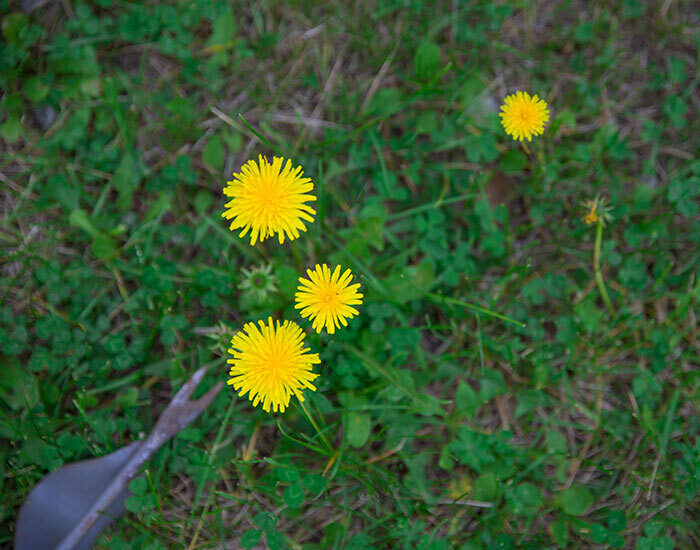May 19th, 2021
Controlling the Weeds in Your Garden

The weather is finally warm enough to get those beautiful plants and vegetables into the ground. It’s also the start of what can feel like a never-ending battle with weeds. This month we are sharing some of our favorite tips for keeping your garden and flower beds weed free with the least amount of effort.
Don’t wake them!
Did you know that there are weed seeds already spread throughout your garden? Yep, we’re afraid so. But, only those found in the top one to two inches of soil are going to get enough sunlight to grow into this year’s problems. Keep this in mind as you dig and cultivate your soil this year. Only dig where needed and you can minimize future problems by mulching over disturbed areas when you are finished.
Speaking of mulch….
Mulch is your new best friend. It helps your plants by keeping the soil moist and cool and also blocks the sunlight those weed seeds need to grow. If you use organic mulch, you’ll also find those beds become home to a variety of bugs that also happen to need those pesky seeds for their nutrition.

For areas where your plantings are already in and you don’t anticipate further digging, block weeds before they start. Landscape fabric, newspapers or cardboard can be laid down around your flowers and trees before covering with mulch. Applying the mulch at a depth of two inches throughout the year will keep your plants happy while discouraging weed growth.
Watch your spacing
If those weed seeds never see the sun, they will not be able to germinate and grow. Your plants can also provide the needed shade to keep weeds in check by planting them with little space between them. You should follow the planting guidelines, but remember that those recommendations assume that plants will barely touch when grow to full maturity. In most instances, it is safe to adjust that spacing down by as much as 25%.
Use natural weed killing remedies
There are many commercially available natural herbicides or you can even make your own with vinegar and essential oils. However, it can be difficult to spray them where you intend without hurting the flowers you want to keep thriving. Try using an old tin can to create a spray collar. Remove the top and bottom of the can, then you can place it over the weed you want to spray and apply the herbicide. Then only the area under the can will be affected.
Cornmeal is also a natural alternative that will stop those seeds from germinating. Sprinkle some in any areas in which you want no growth of new seeds. Salt is also a natural weed deterrent; however, keep in mind it may have corrosive side effects and is not recommended around pavers or concrete and also can be harmful to some pets.
Off with their heads
Even with the best precautions, there’s no way around getting out there and pulling weeds at some point in the season. It will be easiest to pull weeds from wet soil, so weeding after a good rainfall is always easiest. If you’re in a dry area, cutting off the top of the weed will encourage the roots below to shrivel and dry up.
Be selective with your water
Every garden needs a sprinkler at some point during the summer. Drip irrigation hoses are a fantastic weed solution. Place your soaker hose beneath the mulch and run only around the trees, shrubs and flowers that need it. This will keep any weed seedlings that settle above the mulch from getting a drink. The efficiency of drip hoses will also save you money, time and water versus traditional sprinklers.
Unfortunately, there is no magic wand when it comes to weeding. But by starting your weed precautions early in the season, your garden beds will look fantastic all season long.




